Replacing doors in a home is a serious undertaking that requires a balanced approach. Particular attention should be paid to wet rooms. Not all materials can be used there. Choose doors for the bathroom and toilet – it is far from easy, as you need to take into account many nuances.
Treść artykułu
Requirements
Doors to the bathroom and toilet are chosen not only by appearance. It is necessary to take into account their properties. In bathrooms, high humidity is not uncommon, so moisture resistance is an important characteristic. Equally important is good tolerance to wet cleaning. This is another selection criterion. Durability and reliability are also important. Properties such as sound insulation and low thermal conductivity are also important. In the bathroom we feel comfortable at a higher temperature, and it is easier to create it with a door that has a good heat insulating ability.
There are also technical nuances. According to building standards, doors to bathrooms and toilets can be made narrower than to living rooms. This is the situation in apartment buildings. In private houses and cottages this rule is not often followed, and when repairing or redesigning apartments often also make doorways of normal size.
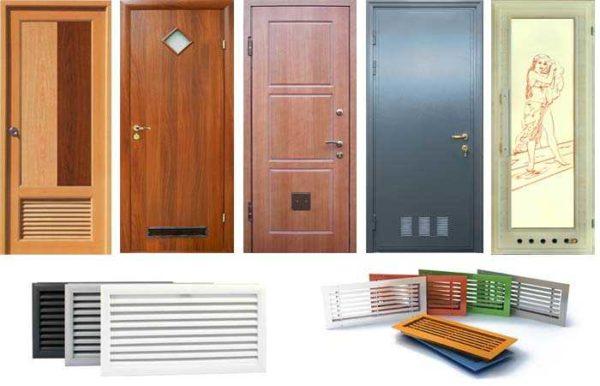
There is another nuance. A well-functioning ventilation is required to quickly remove moist air. It can be natural or forced (with a fan), but for it to work well in the bathroom there must be a supply of fresh air. To open access to air, the door leaf is made 1.5-2 cm shorter, leaving a gap in the floor area. This only sounds scary, and in practice this gap is almost imperceptible. The second way to provide air inflow – special ventilation grids, which are built into the door leaf. And the third – air inlets in the wall. Of all the options, it is the idea with a gap near the floor that catches the eye the least. It is at the same time the easiest to implement.
What bathroom and toilet doors are available
In the bathroom and toilet even the most ordinary doors are put – wooden or filleted (wood frame with plywood inserts), painted with paint. With well-functioning ventilation, they serve well, but few people like them. Therefore, they prefer to replace them with new more modern ones.
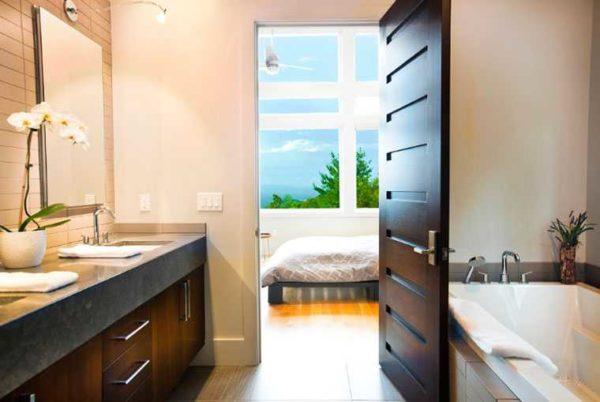
Wooden and veneered
Solid wood doors are undoubtedly beautiful, but they are also expensive. They are put in damp rooms if they are covered with a layer of varnish. In this case, manufacturers usually state in the description that they are “waterproof”. If a good lacquer is used and applied correctly, the coating protects against moisture and is not badly cleaned. If necessary, the lacquer layer can be renewed, although this operation will not be necessary for a long time.
Veneered doors are made of inexpensive low-grade wood and then glued with veneer of expensive species. Veneer is a thin cut of wood – a few millimeters thick. The presence of glue makes veneered doors not quite “natural”, but at the same time protects the wood from swelling. Nevertheless, veneered doors for bathrooms and toilets are not the best choice, because veneer is not airtight, moisture penetrates into the smallest cracks, which causes the surface to warp and the veneer begins to peel off.
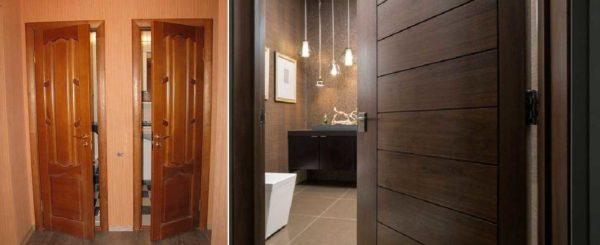
Not so long ago there were doors finished with Euro veneer. This is a new material consisting of wood and binder. Wood fibers painted in different colors are mixed with synthetic binder. This mixture is pressed through a powerful press and comes out in the form of a ribbon. In appearance, the resulting material is virtually indistinguishable from natural veneer, and its operational properties are superior. Doors finished with Euro veneer are not afraid of high humidity, the coating has high mechanical strength and does not fade in the sun. You can distinguish them by touch – too smooth coating.
If we talk about other characteristics, it can be noted that wooden and veneered doors for bathrooms and toilets have a low thermal conductivity and not badly protect against noise. Wet cleaning they tolerate, but with a soft cloth and without aggressive detergents.
Plastic and metal-plastic
Doors made of plastic in the bathroom – an economy option. They cost inexpensive, are not afraid of water in any of its states, do not deform from high humidity. Their disadvantages – they are made of unnatural raw materials, inexpensive models have low mechanical strength. It is also worth remembering that they can not, like doors made of wood or veneer, “adjust” to the desired size.
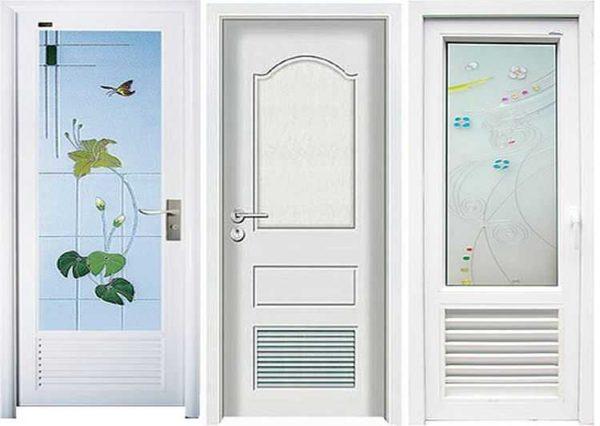
Metal-plastic doors in the apartment bathroom are rarely put. But not because they do not fit the qualities. Rather, they are not used for aesthetic reasons – their appearance is very different. If other rooms have doors made of other materials, it is not easy to find a more or less suitable coloring. Another deterrent – a considerable price. And the characteristics – you can’t think of anything better.
Glass
Glass is not very popular as a door, but it has good characteristics. It does not react to water and high humidity, does not rot and you can wash it as much as you like. They have one disadvantage – fragility, but modern technology has overcome it – glass is made tempered, which gives it increased strength. There is also laminated glass (duplex and triplex). This is when sheets of glass are glued with reinforcing film.
It is possible to break a glass door leaf, but it is difficult to do so, and if it happens, the glass disintegrates into many small shards with smooth, not sharp edges. In the case of laminated glass, the shards hang on the film, and tempered glass simply disintegrates into small fragments, but you should try hard to hurt yourself with such shards. The only trouble from such an event is the need to buy a new door.
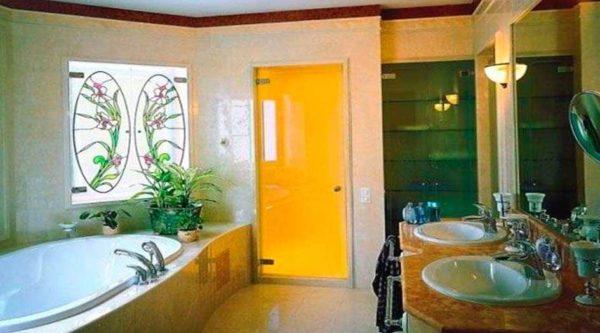
Glass doors for bathrooms and toilets are made opaque. They are tinted, can be with mirror spraying or stained glass painting. All that can be seen through such doors is a blurred silhouette and no specifics. In general, not a bad option if there are no small children in the family.
Laminated and PVC
Another inexpensive option for doors to the bathroom – laminated film. The door leaf itself is made by frame technology. The frame is made of pine timber, the gaps are filled with soundproofing material (the cheapest – corrugated cardboard, more expensive – polyurethane foam), then – laminated fiberboard or MDF. The surface of the door can be decorated under wood, can be smooth (it is much rarer).
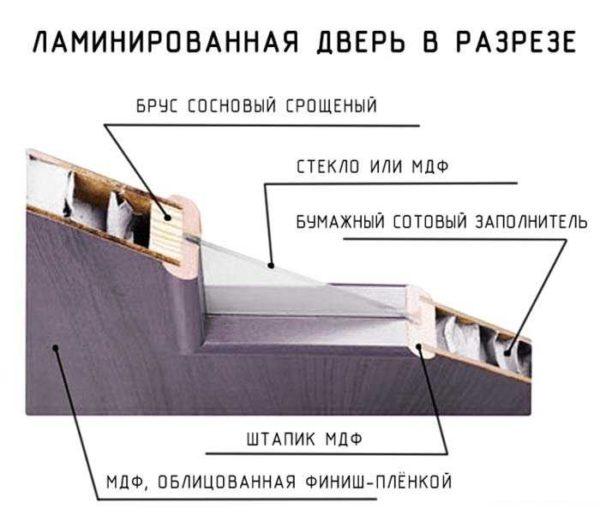
The door leaf is light, but very poorly tolerates shock loads. If the quality of lamination is good, such a door to the bathroom and toilet is not afraid of humidity, and it can be cleaned quite well (with a damp soft cloth with liquid non-aggressive detergents). As long as the lamination remains intact, it has quite a decent appearance. With intensive use, the film is erased and the appearance deteriorates noticeably.
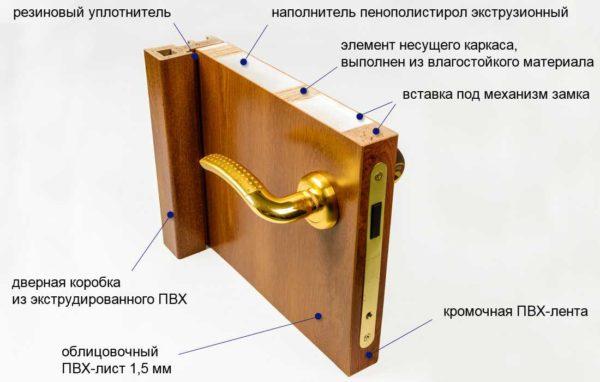
According to the same technology, PVC bathroom doors are made. With the only difference that the frame is lined with extruded PVC. The density and strength of PVC is many times higher, so the durability is also higher. Better and operational qualities: vinyl is not afraid of water in any form, so for bathrooms and toilets it is a great option.
Połączone
When they say combined doors, most often they mean that they have inserts of another material. And more often than not, these are glass inserts. The size of the glass can vary greatly. It can be a narrow strip along one of the edges or a large piece for half of the door. Glass is also used opaque, tempered or laminated. If the glass in the model you like is too transparent, you can glue a self-adhesive stained glass or translucent film on it.
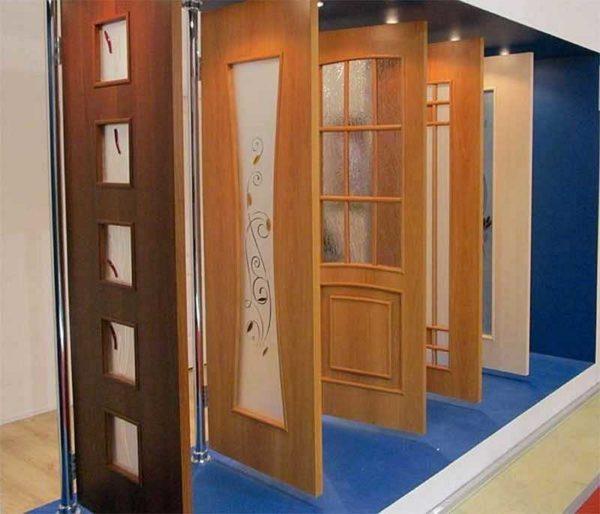
Glass inserts are made in wooden, metal-plastic and veneered doors. Rarely – in MDF and almost never – in plastic. But the most interesting models are found in this category – more room for fantasy.
Opening systems
In addition to different materials, doors for the bathroom and toilet can have different types of opening. A familiar option for us – swinging doors. All they are good except that in the open state cover a solid space.
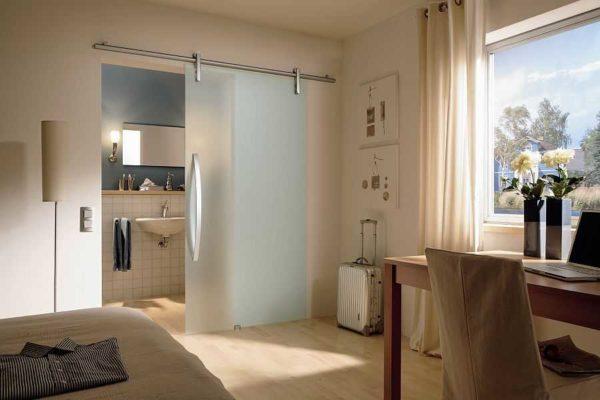
Rolling doors are becoming more and more popular lately. This is when a rod is attached to the upper part of the door, rollers are attached to the door leaf and the door rolls on this rod. According to the way of installation of the guide, sliding doors are open and hidden. Open – when the rod is attached to the wall on one side, and the leaf rides along the wall. With a hidden system in the wall make a niche in which the door leaf rides.
The second option in the open form takes up almost no space, but when installing requires serious intervention in the wall structure, which is not always possible. It is unlikely to be possible to hollow out a niche of the required size in a concrete or even brick partition. Then, in order to hide the canvas, build a false wall of plasterboard.
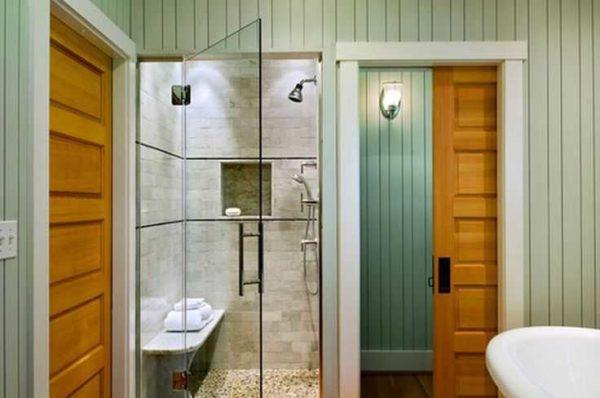
The disadvantage of sliding doors is a more complicated installation, and open systems have a low degree of sound insulation (the leaf simply hangs along the doorway, leaving solid gaps). The hidden systems are better in this respect – there is a door frame, with a groove in which the door leaf goes in and a seal in this groove. Such systems have good soundproofing, but they are expensive.
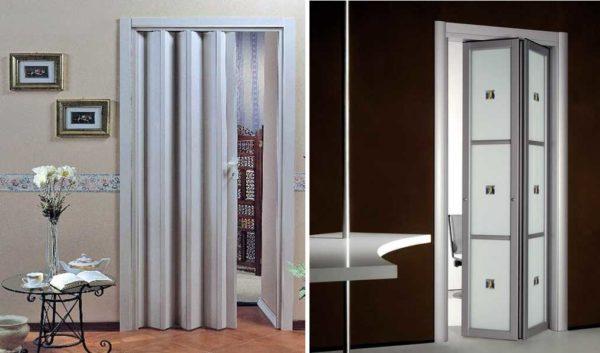
Another type of door – folding. There are two types – “book” and “accordion”. Doors-book have a door leaf consisting of several parts. These parts are movably connected, when opened, they fold, resembling a book. Doors accordion have a similar structure, but fold in a different way: relative to the axis running down the center. Doors-bookcase are often glass, can be made of MDF or plastic, the harmonica doors are more often made of plastic and they cost a little.



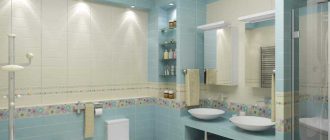
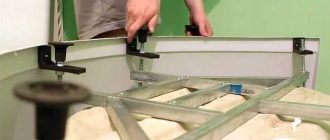
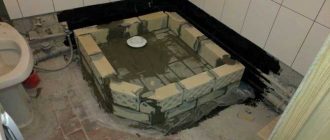
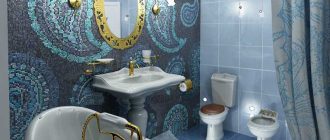
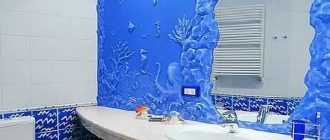
Hey, I recently installed a door for my wet room, and it made a huge difference! No more water spills everywhere, and it looks sleek. Trust me, investing in the right door can save you a ton of hassle and keep things tidy. Totally worth it!
Hey! Totally get you! I did something similar for my bathroom. Installed a glass shower door, and it was a game changer! No more soggy mats, and it really upgrades the look. Worth every penny to keep things neat and stylish! Cheers to those little wins! 🛁✨
I recently remodeled my wet room, and I gotta say, a good door makes all the difference! Opted for a stylish glass one that keeps the vibe fresh and bright. Totally changed the game—no more soggy floors! Really appreciate how it tied everything together.